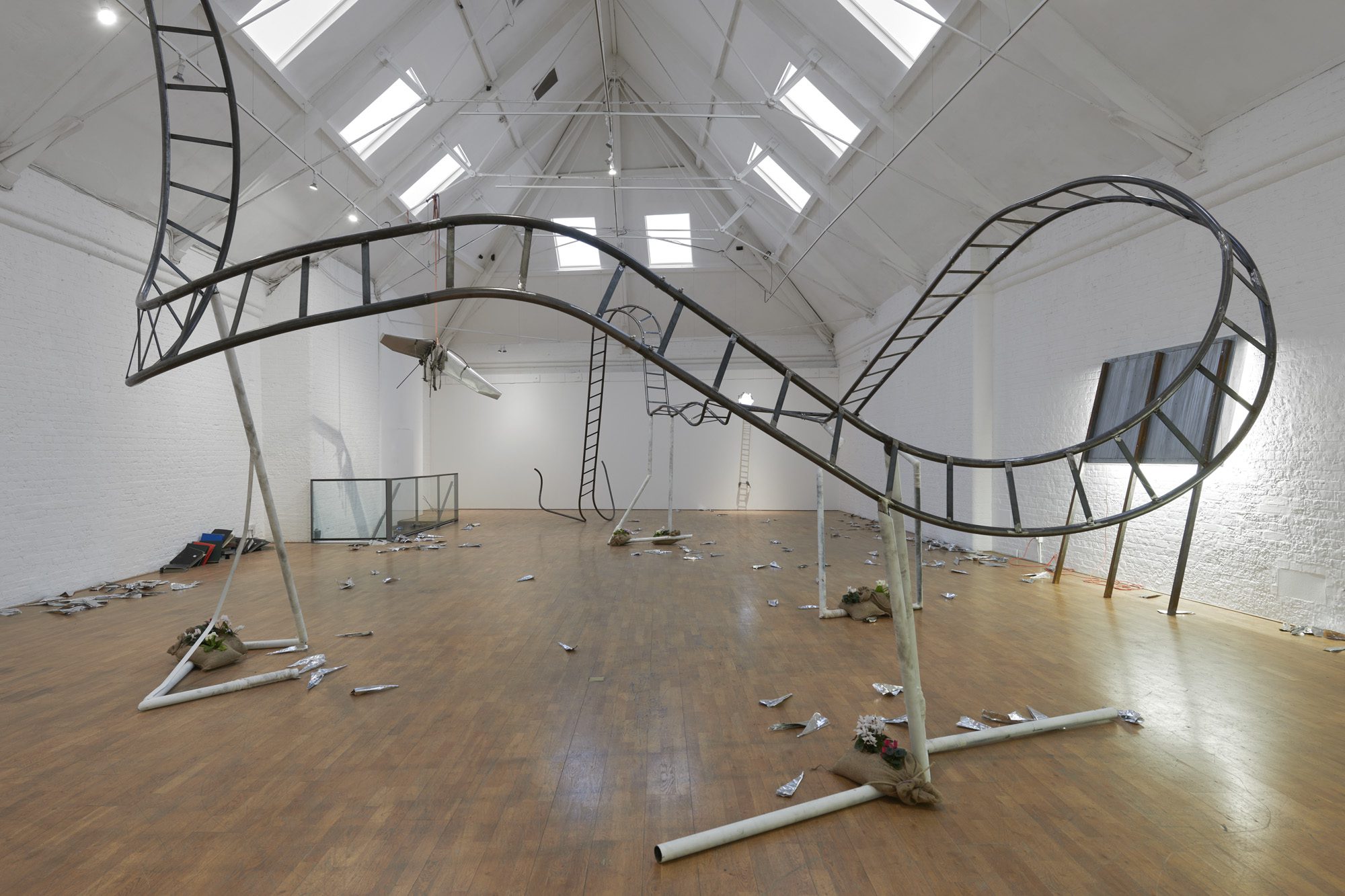Our History
Modern Art Oxford has a rich history of bold and progressive programming that promotes diversity and internationalism, encourages public engagement with creativity and the arts, and celebrates the importance of contemporary visual culture in today’s society.
Trevor Green and a small group of modern art enthusiasts founded the Museum of Modern Art Oxford in late 1965, opening small shows with local art enthusiasts in a warehouse in King Edward Street. The museum’s primary aim was ‘the advancement of education of the general public in the modern visual arts’.
In September 1966, MoMA moved to a former brewery building on Pembroke Street which has been our home ever since. We updated our name in 2002 to become Modern Art Oxford, a change that better reflects our dynamic, changing programme of temporary exhibitions.
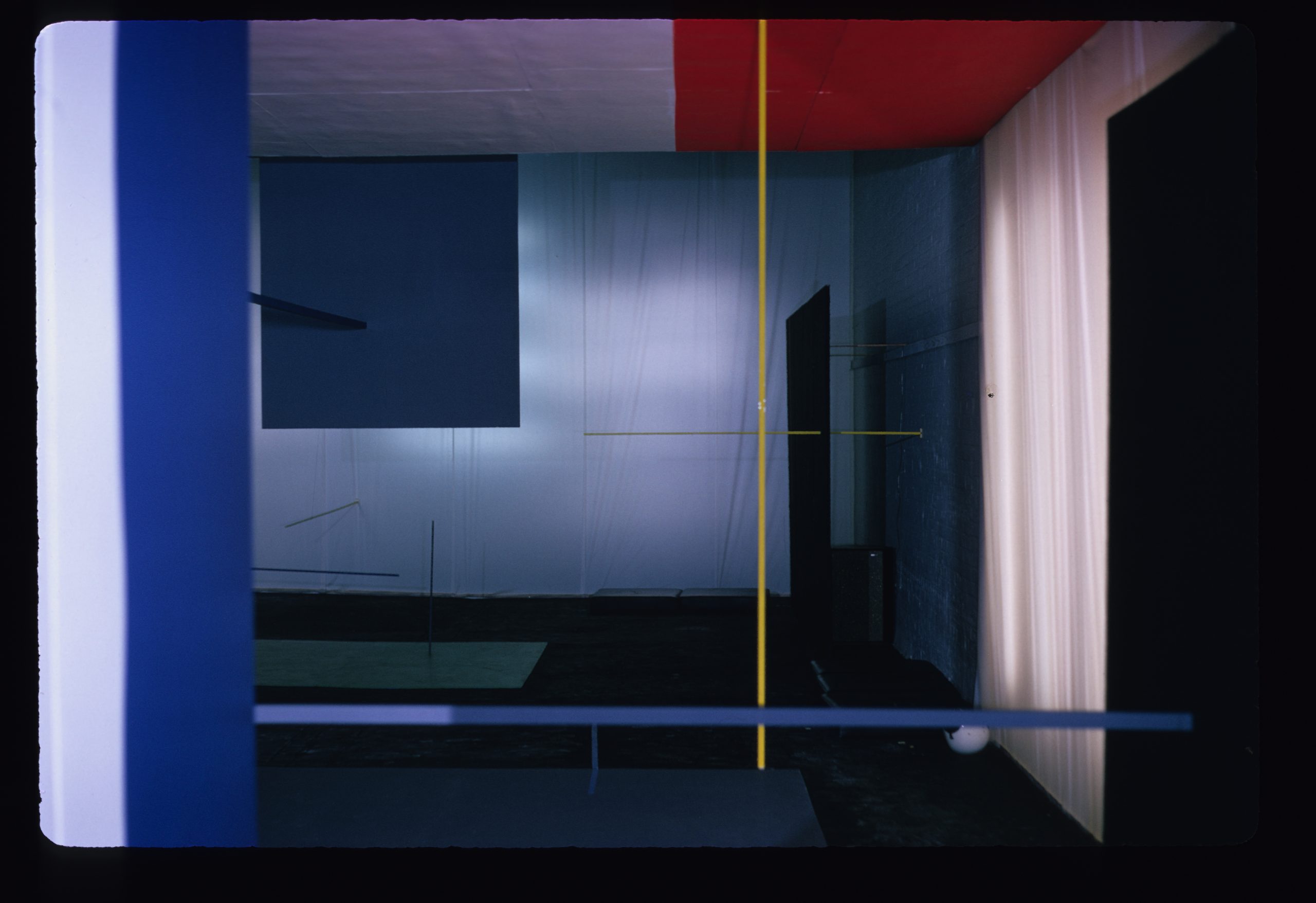
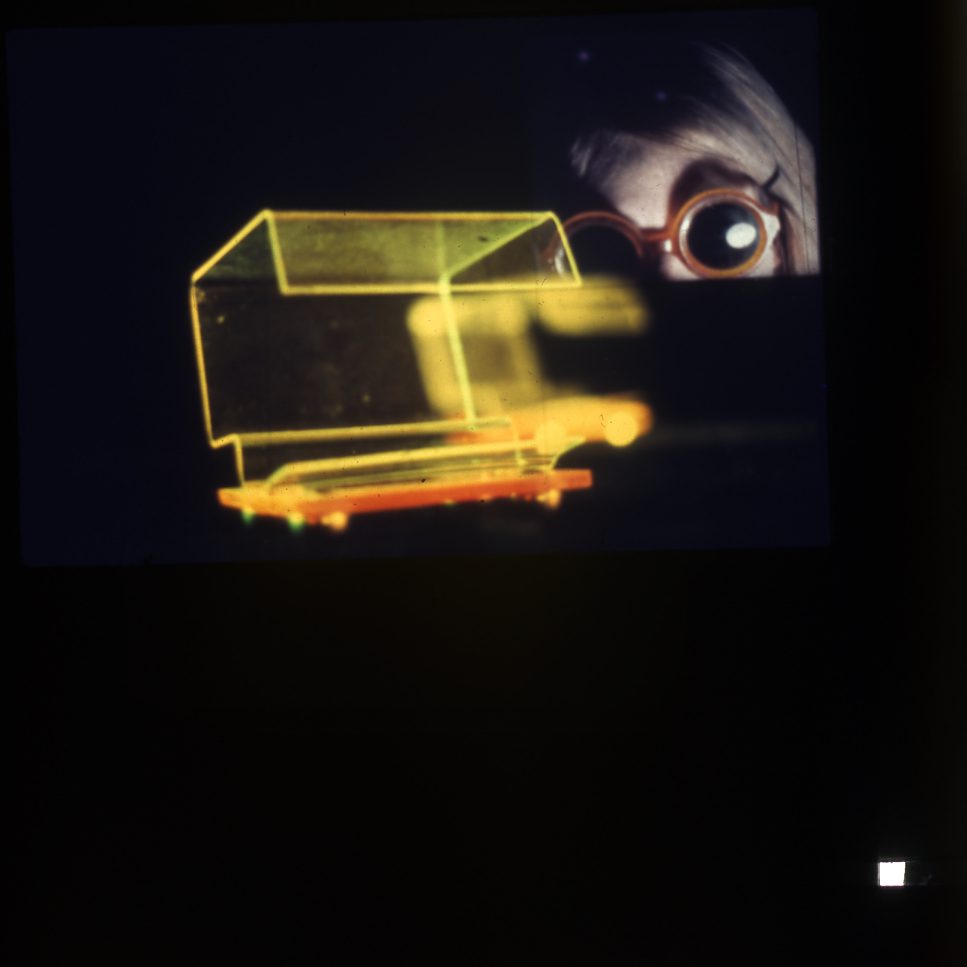
Light/Sound Workshop
1967
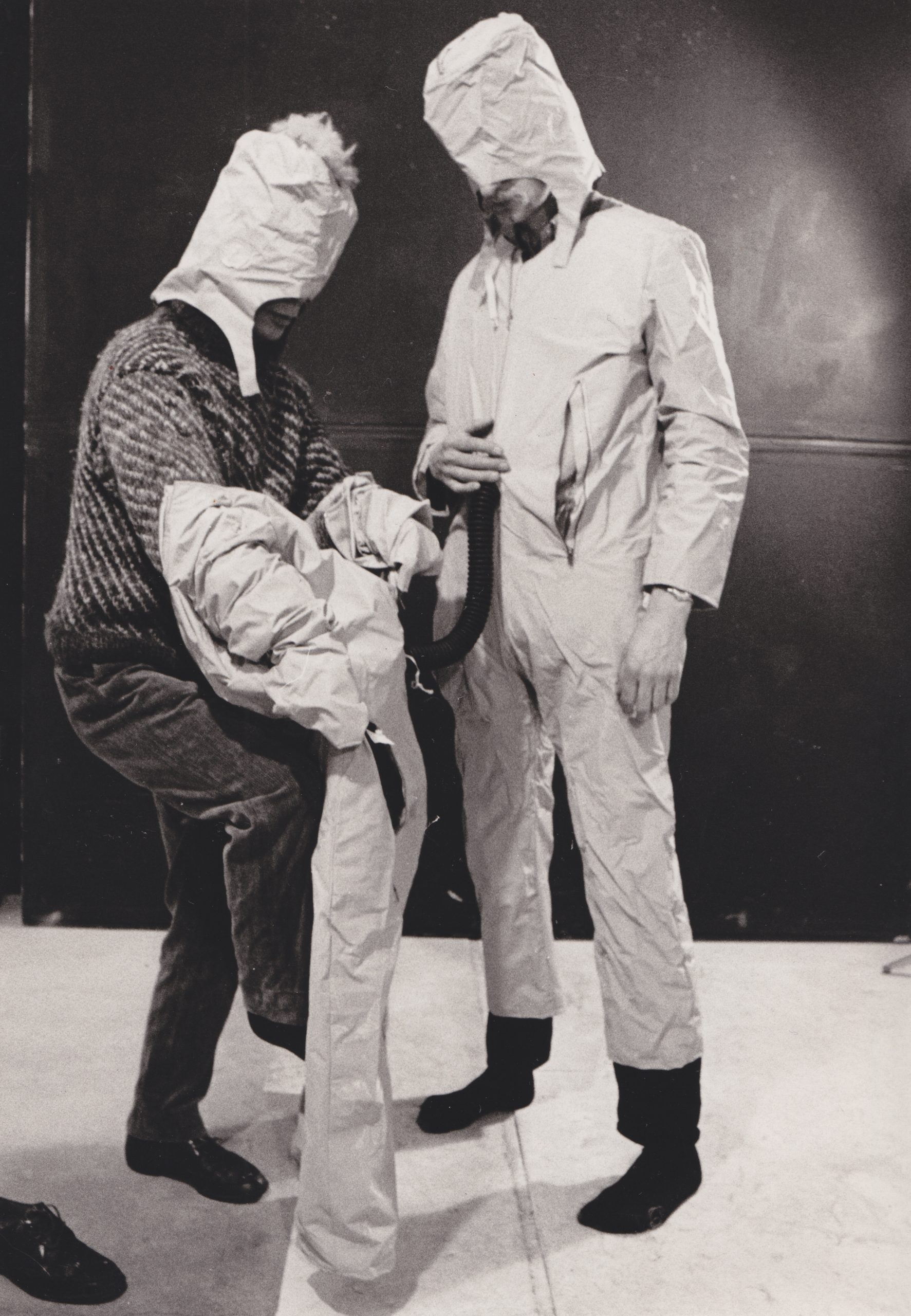
POPA at MoMA: Pioneers of Part-Art
1971
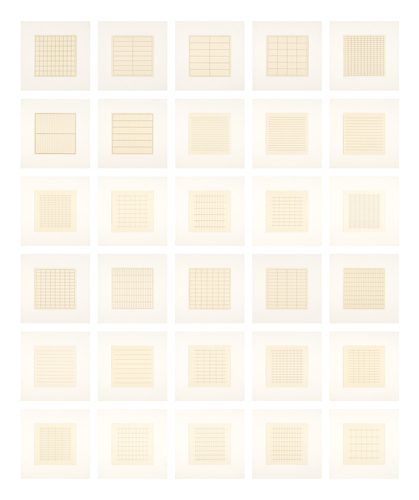
Agnes Martin
1975
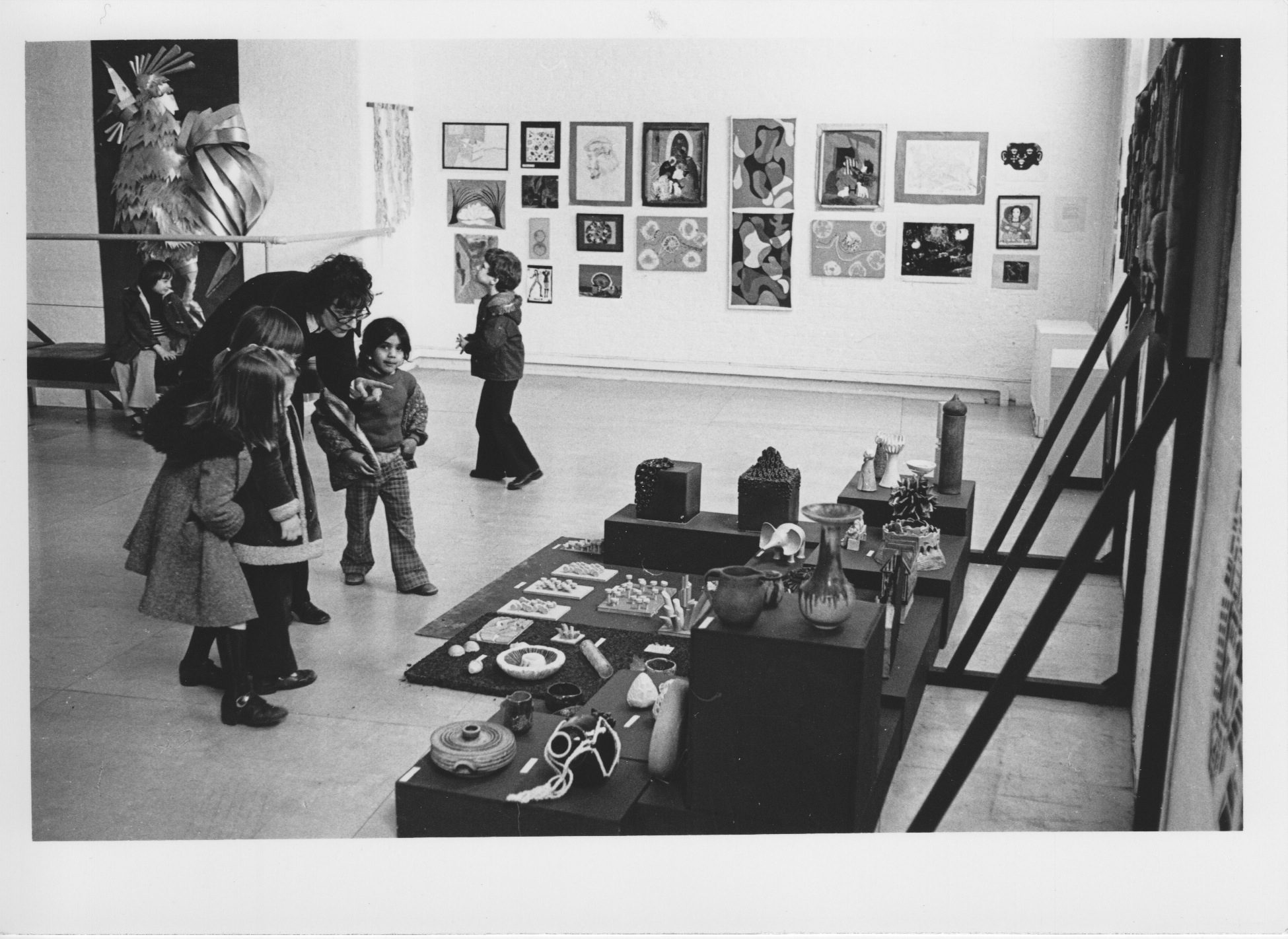
The Young in Art
1976
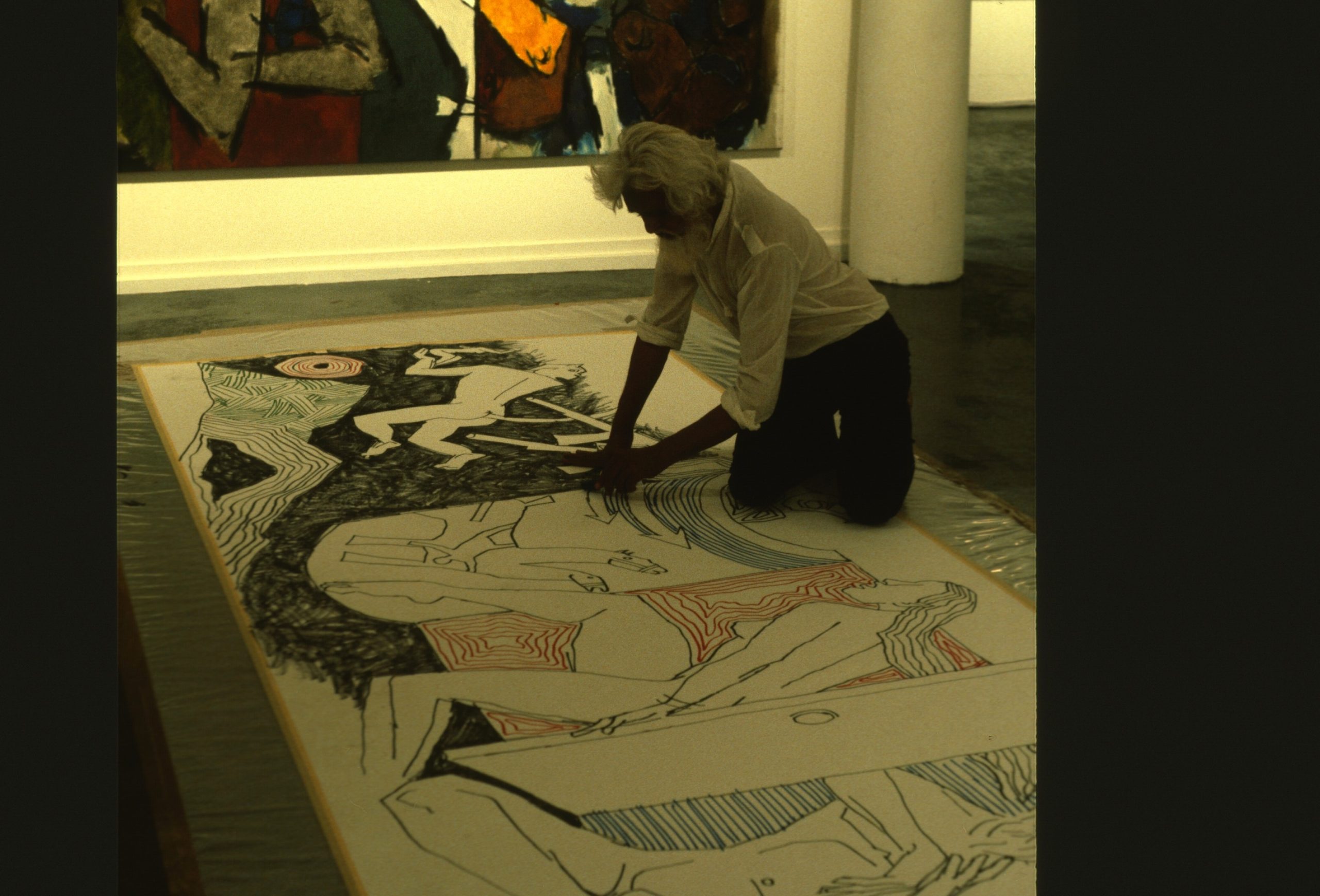
India: Myth and Reality
1982
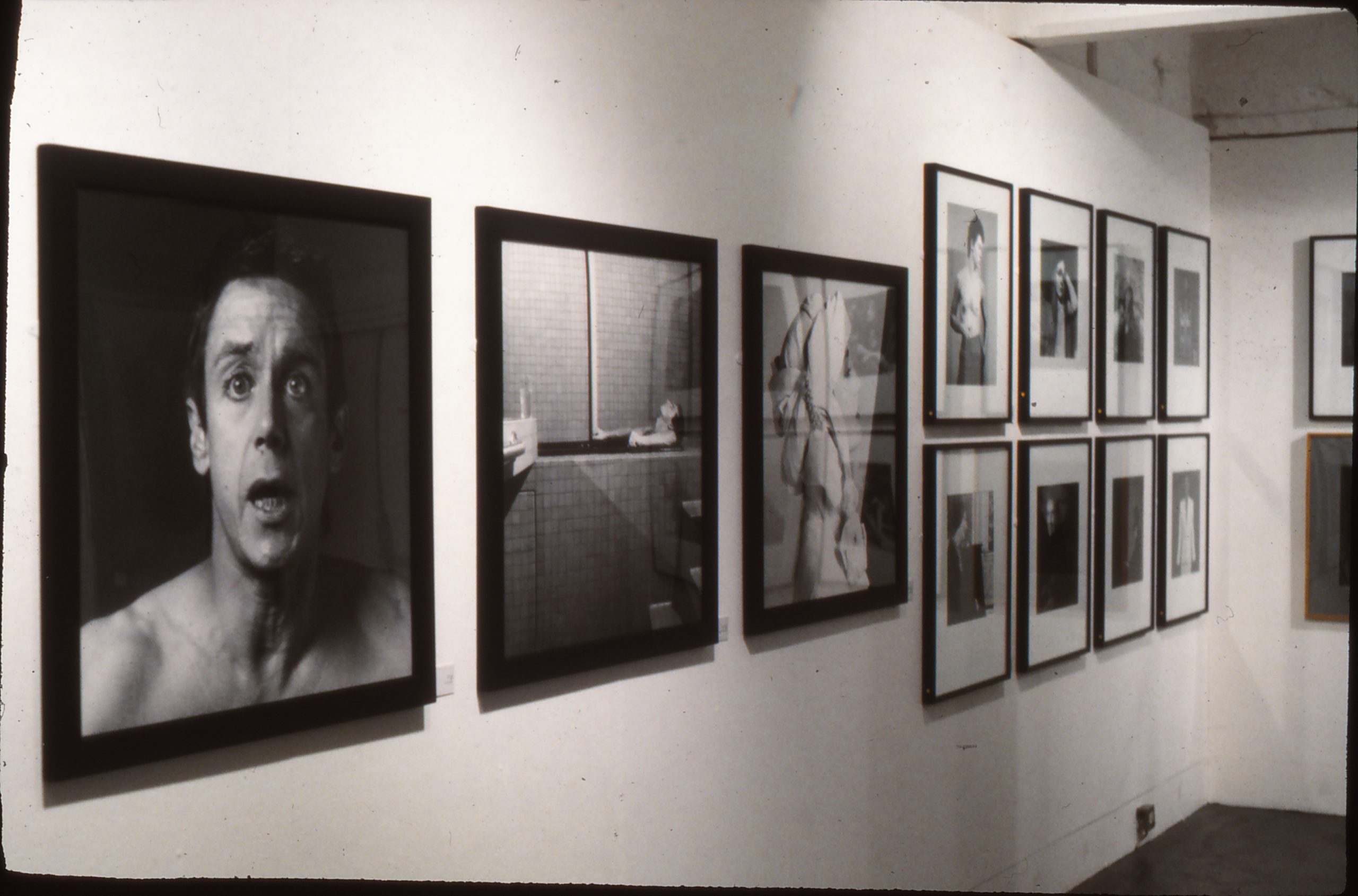
Robert Mapplethorpe 1970-1983
1984
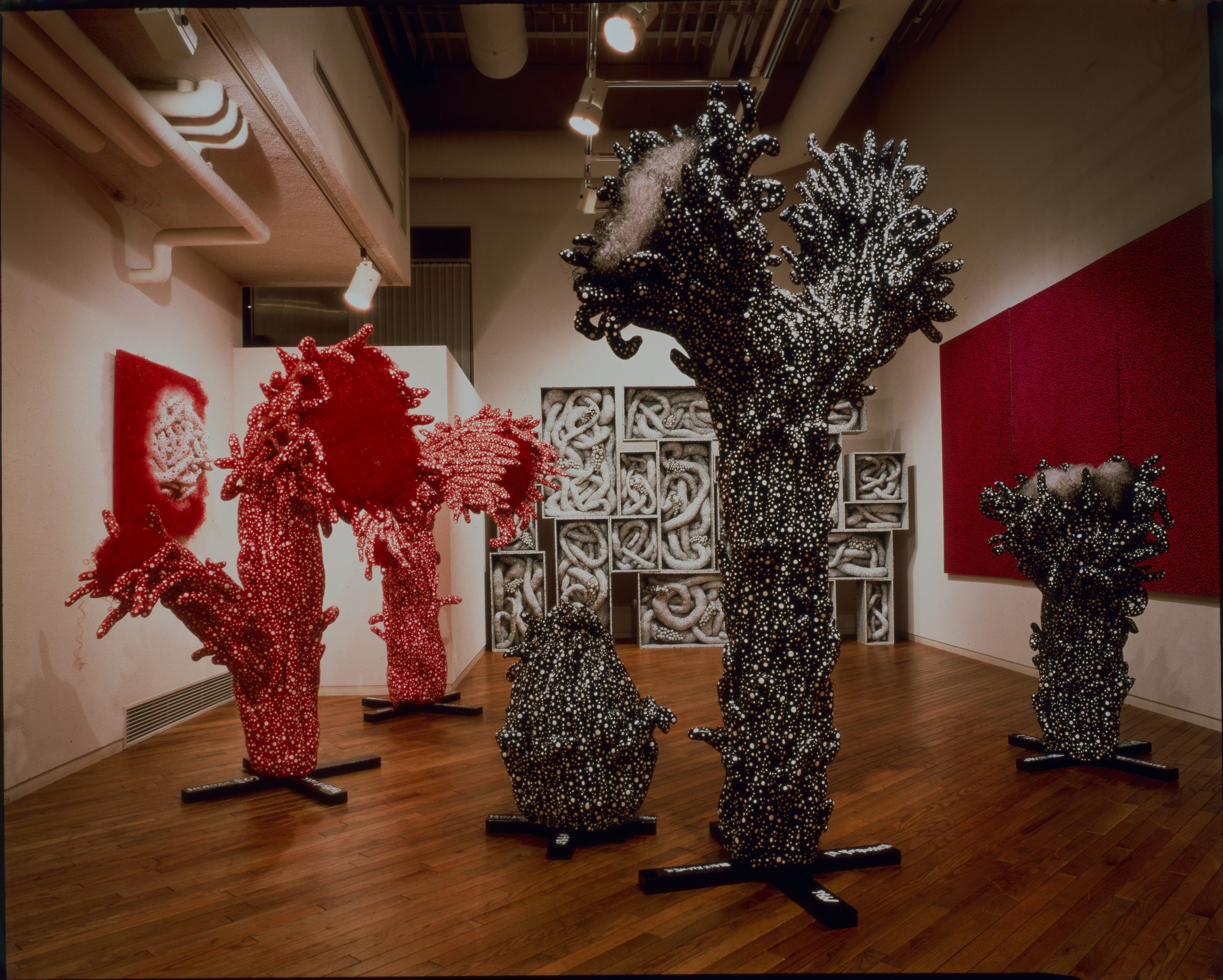
Yayoi Kusama: Soul Burning Flashes
1989
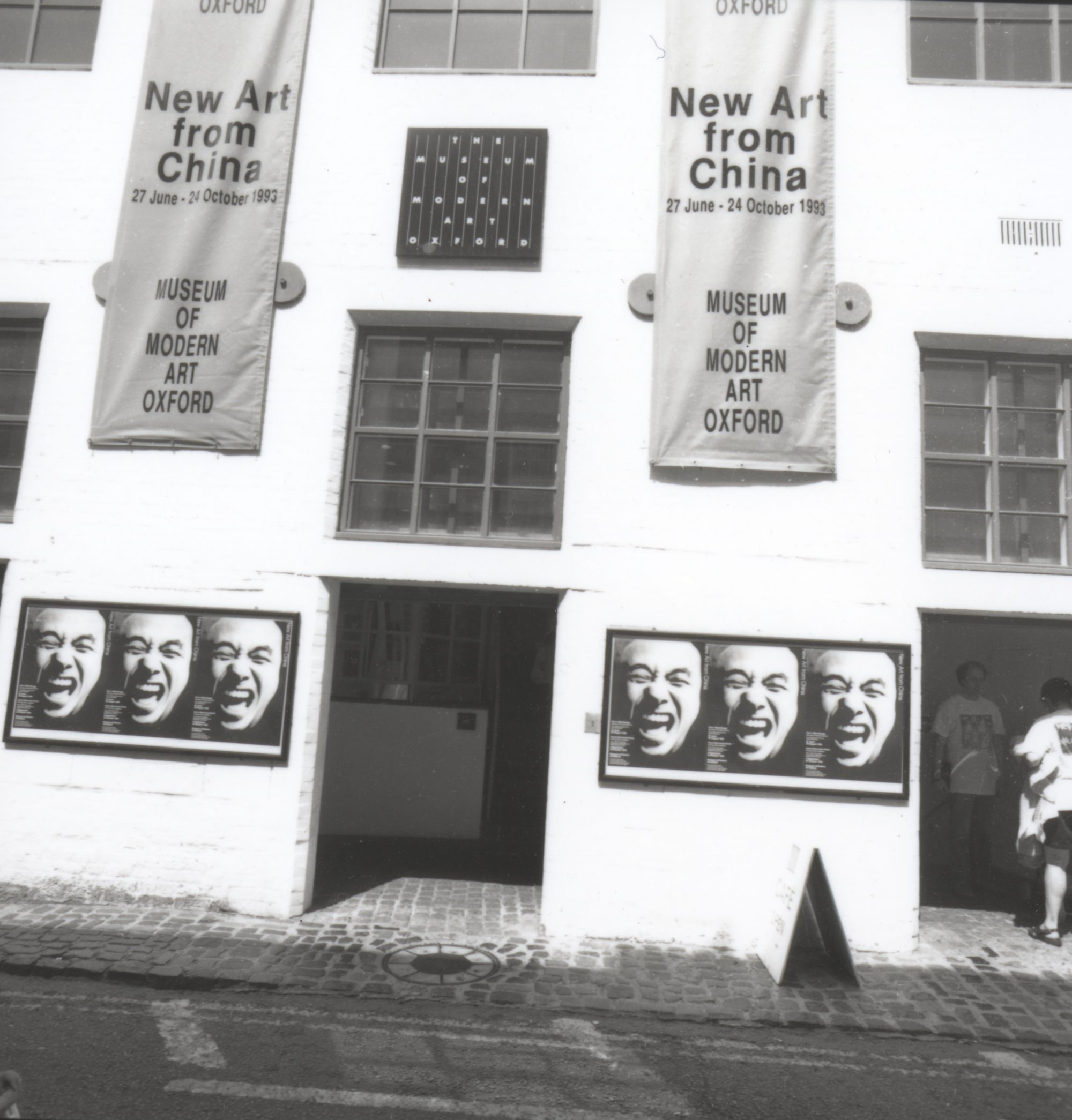
New Art from China Part 1: Silent Energy
1993

Marina Abramovic: Objects, Performance, Video, Sound
1995
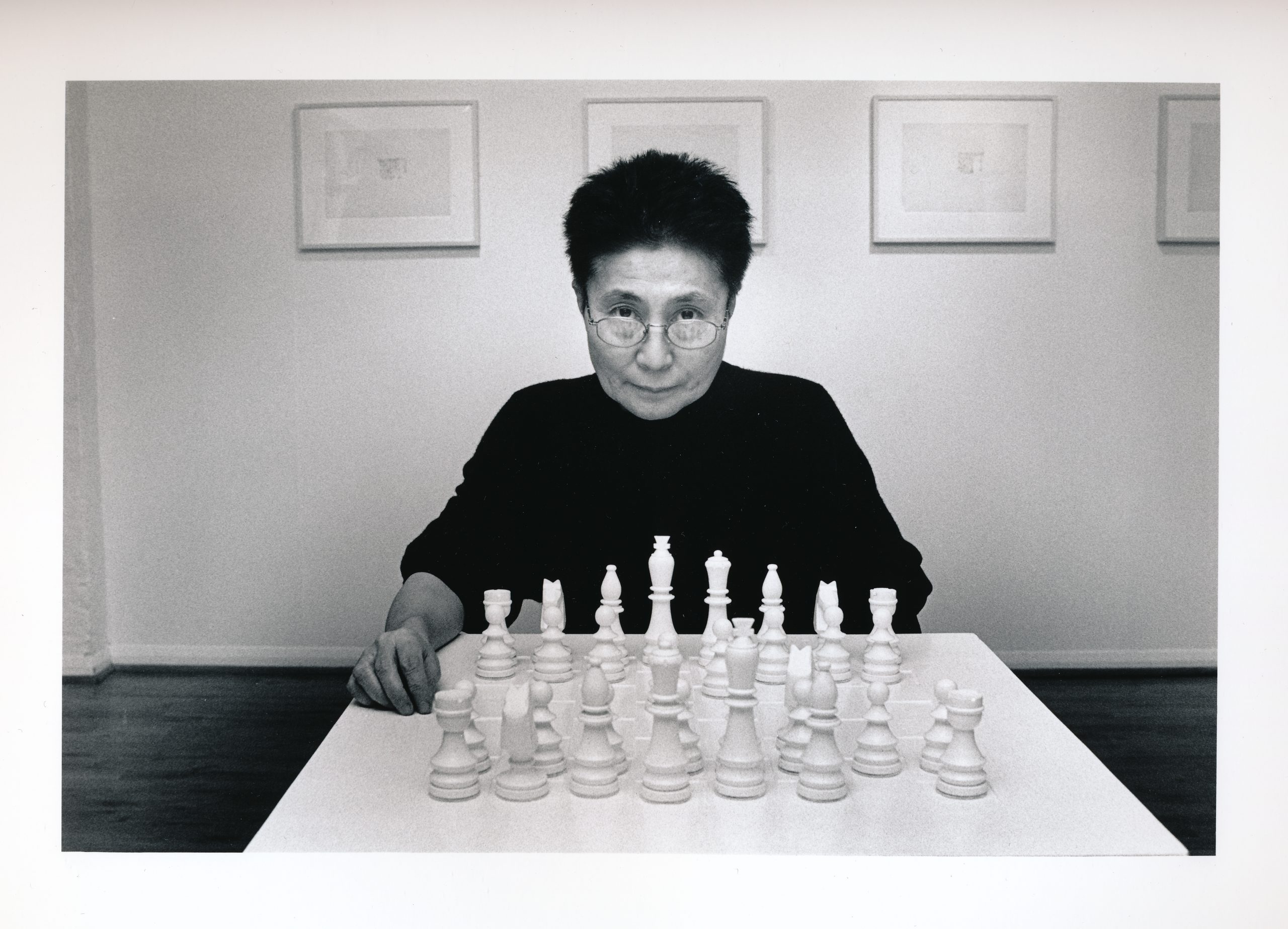
Yoko Ono: Have you seen the horizon lately?
1997
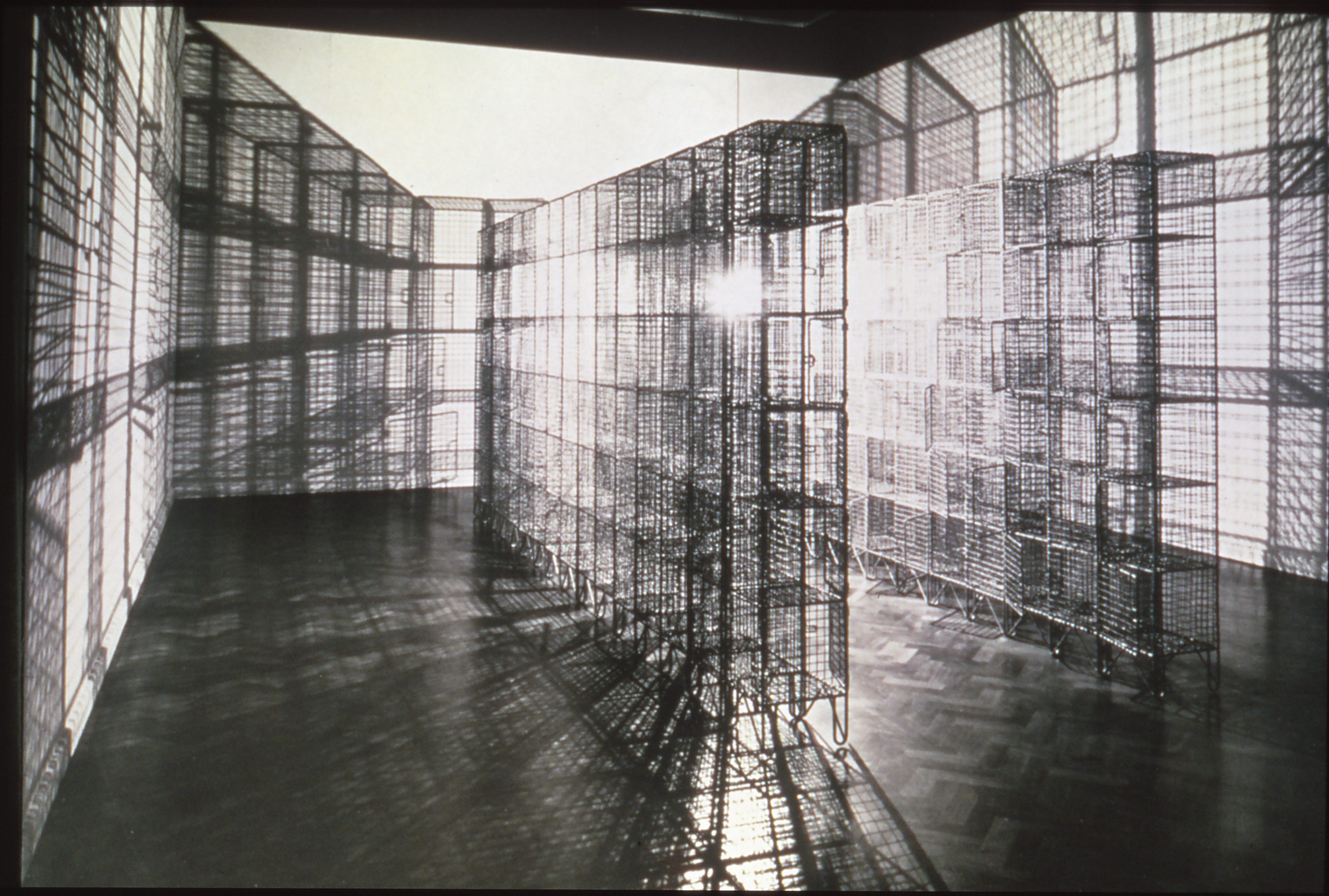
Mona Hatoum
1998
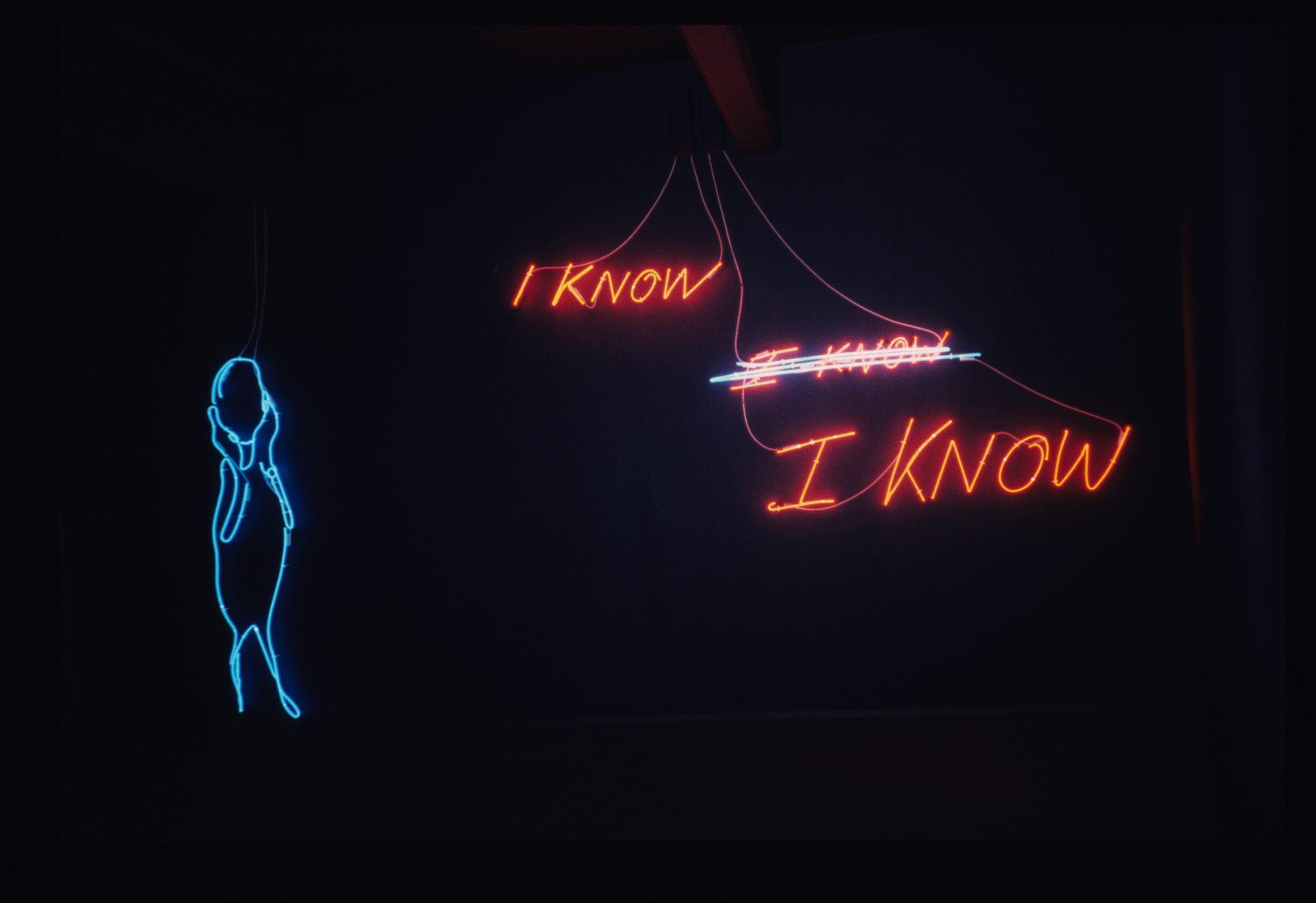
Tracey Emin: This is Another Place
2002
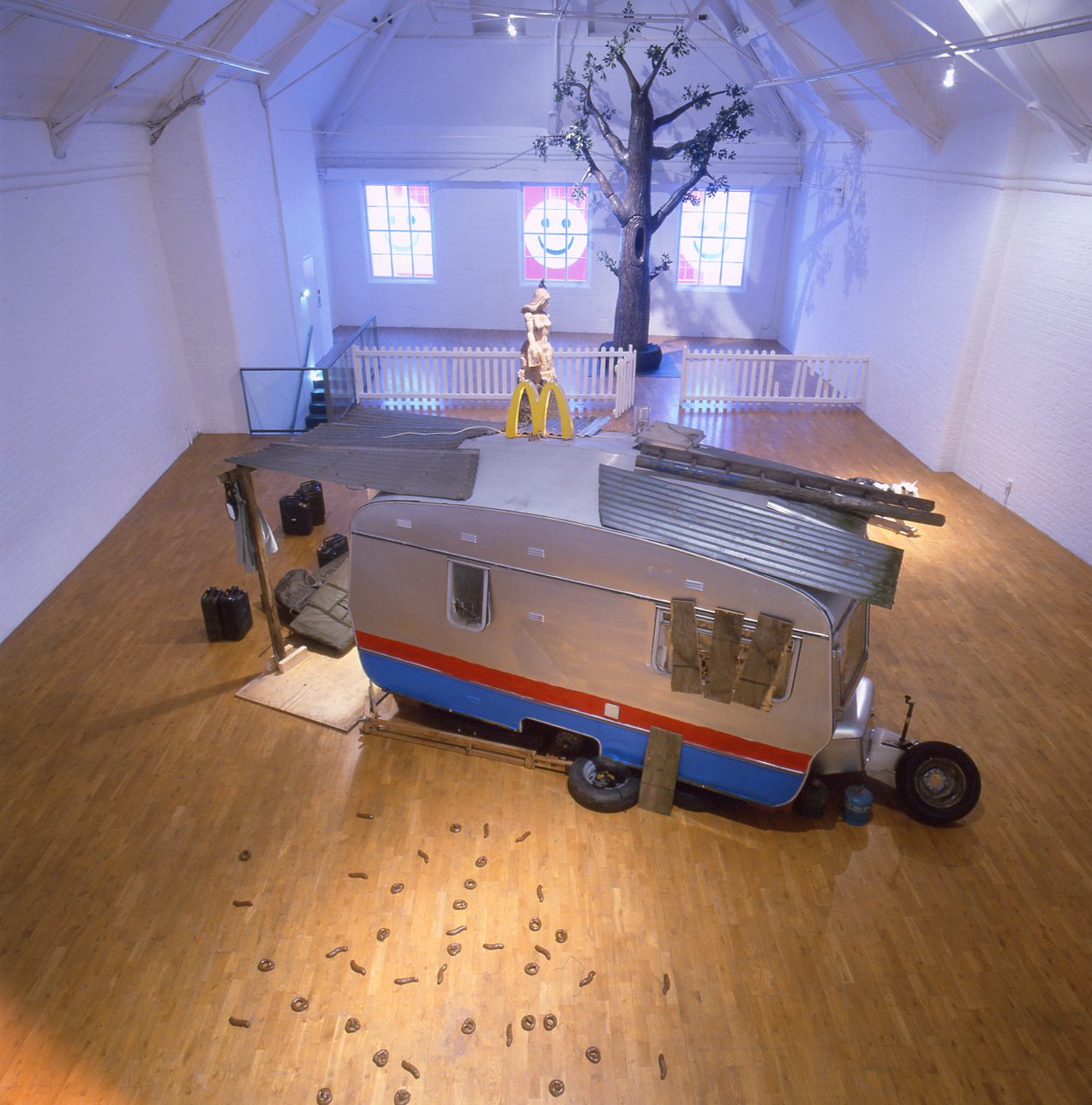
Jake and Dinos Chapman: The Rape of Creativity
2003

Mike Nelson: Triple Bluff Canyon
2004
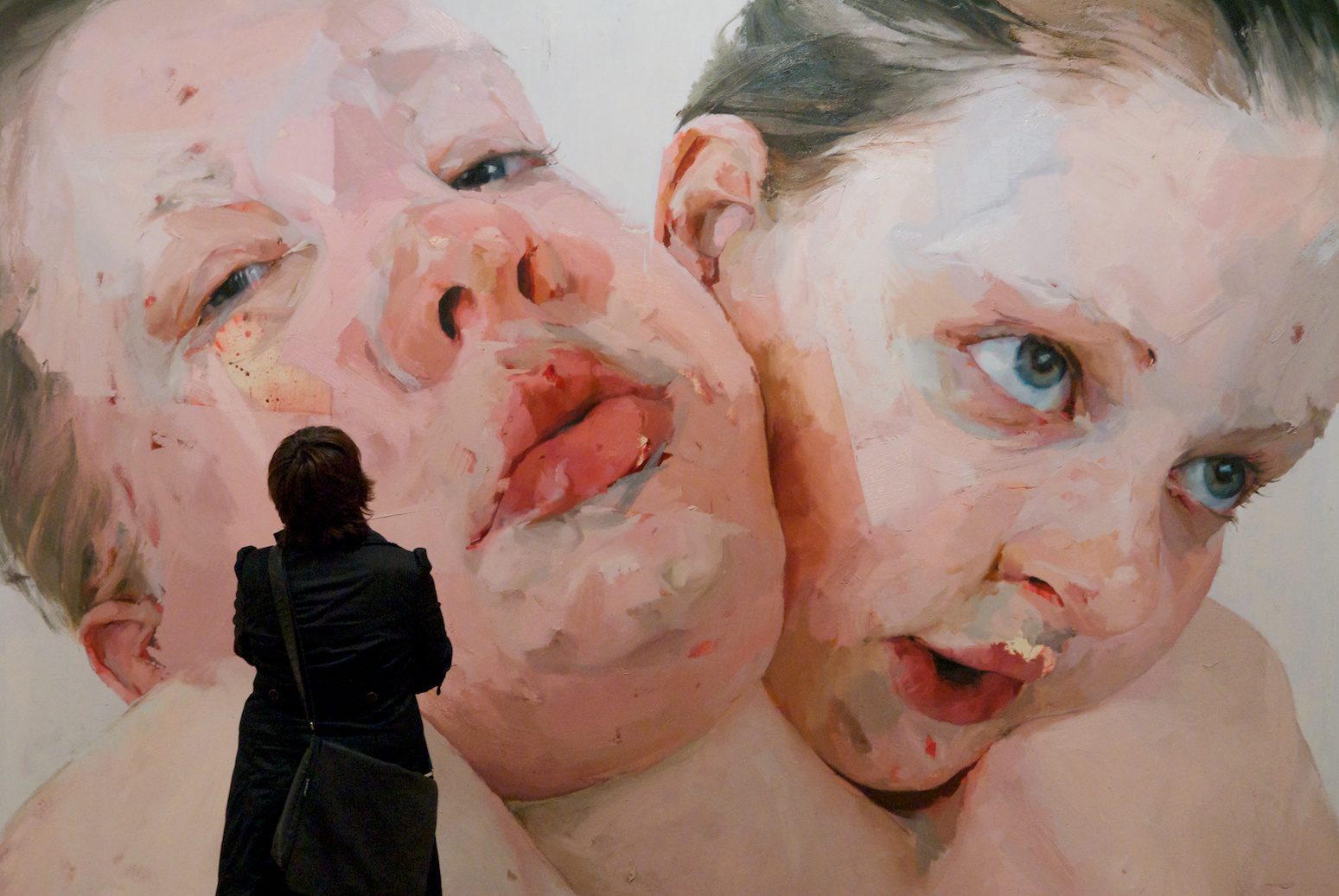
Jenny Saville
2012
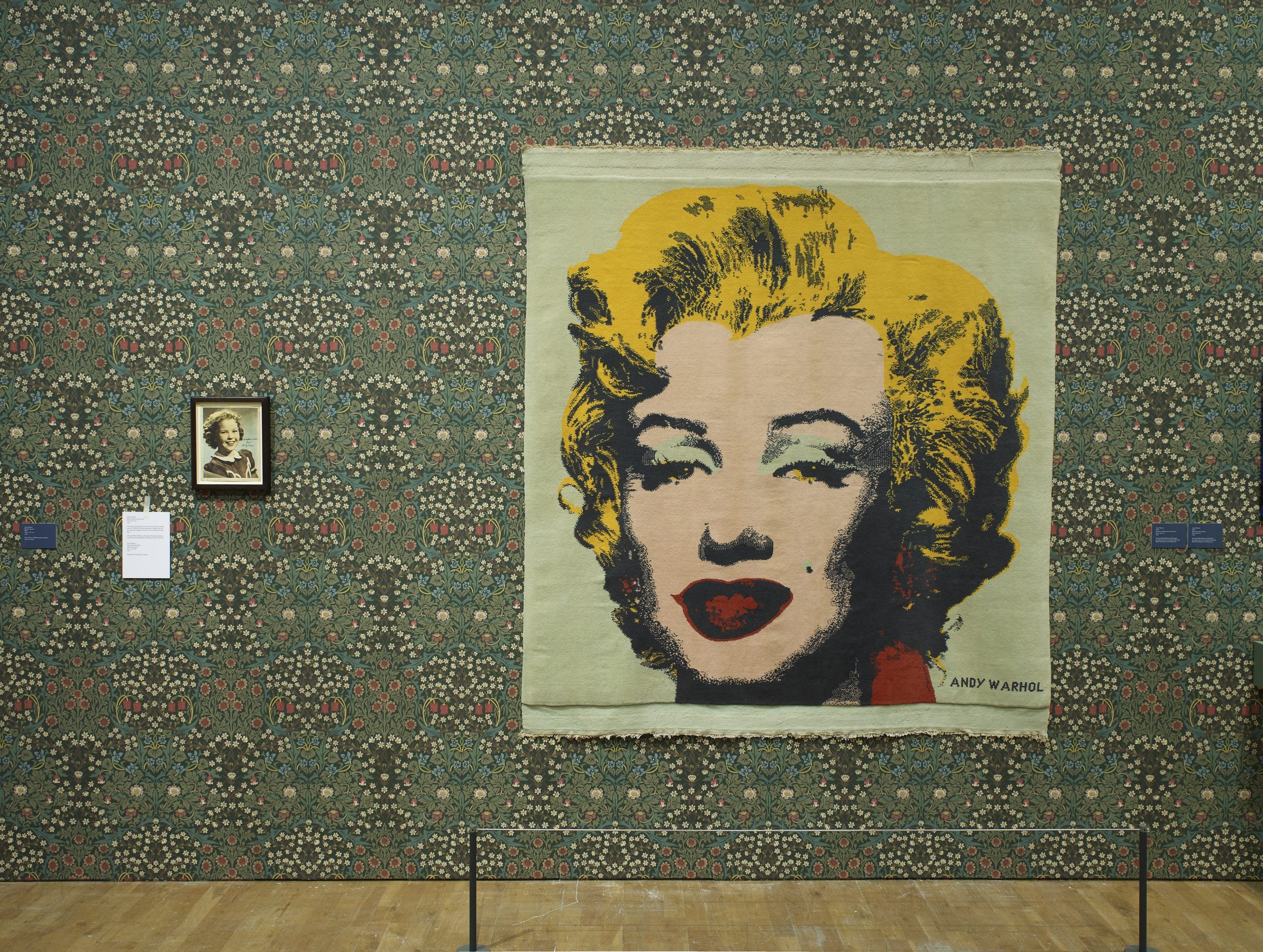
Jeremy Deller: Love is Enough
2014
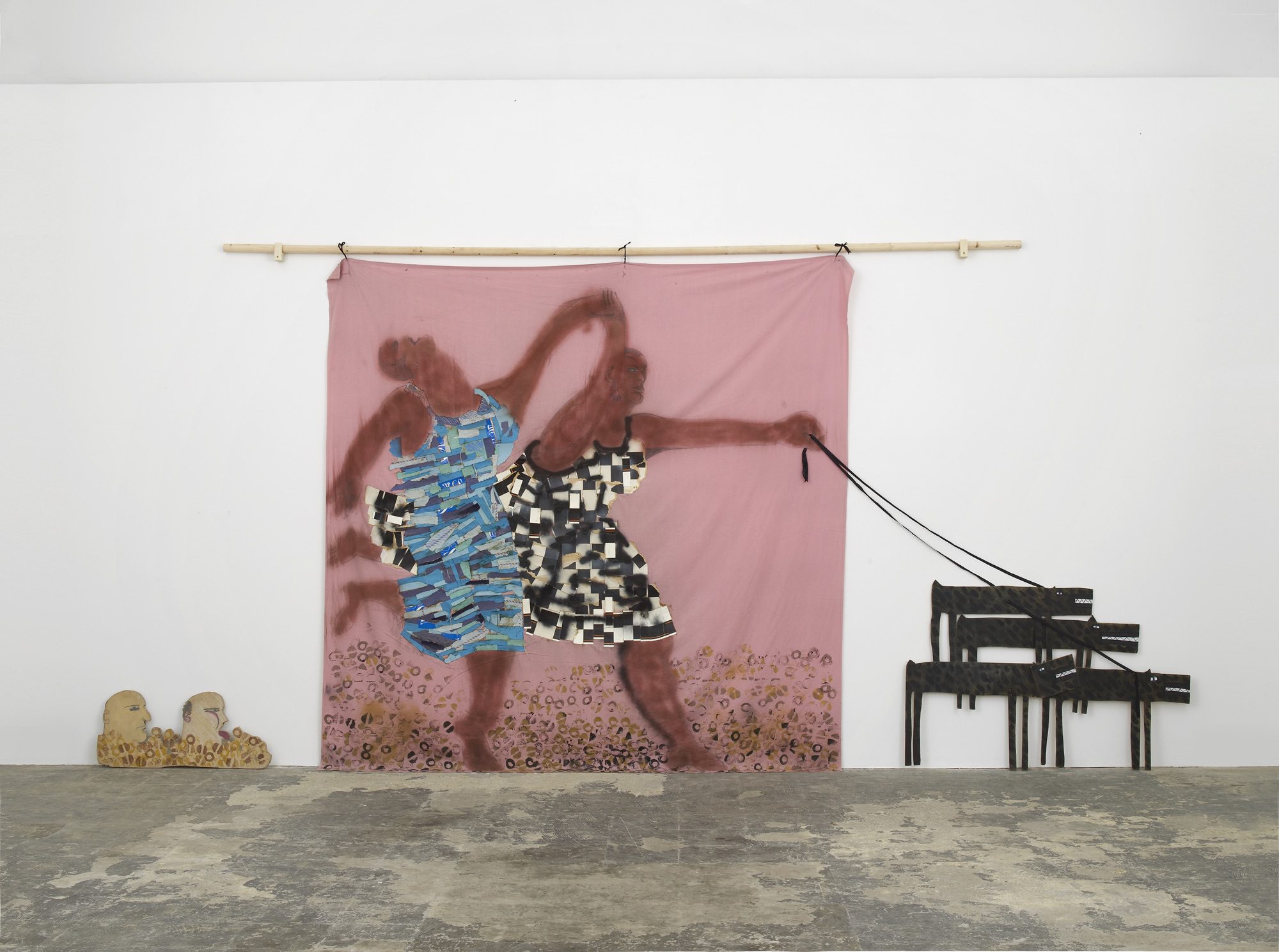
Lubaina Himid: Invisible Strategies
2017
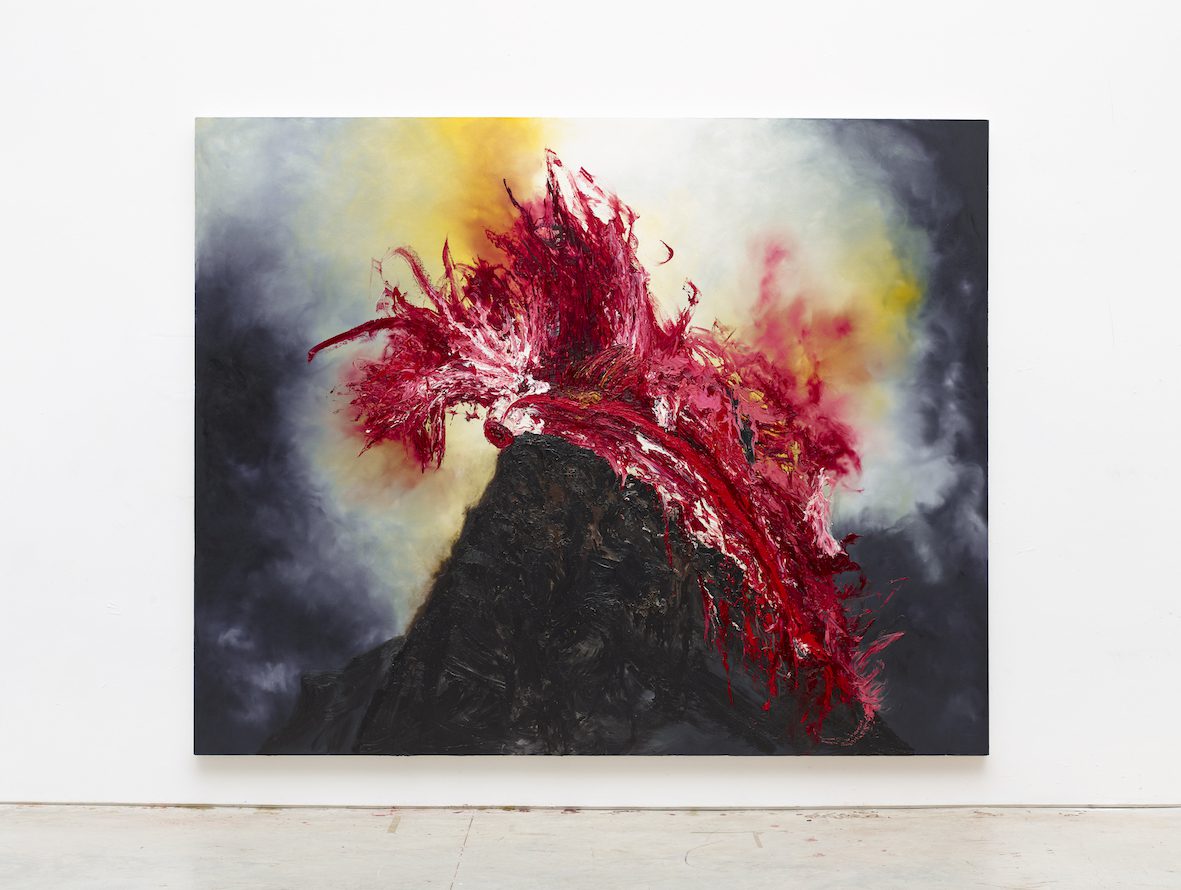
Anish Kapoor: Painting
2021
